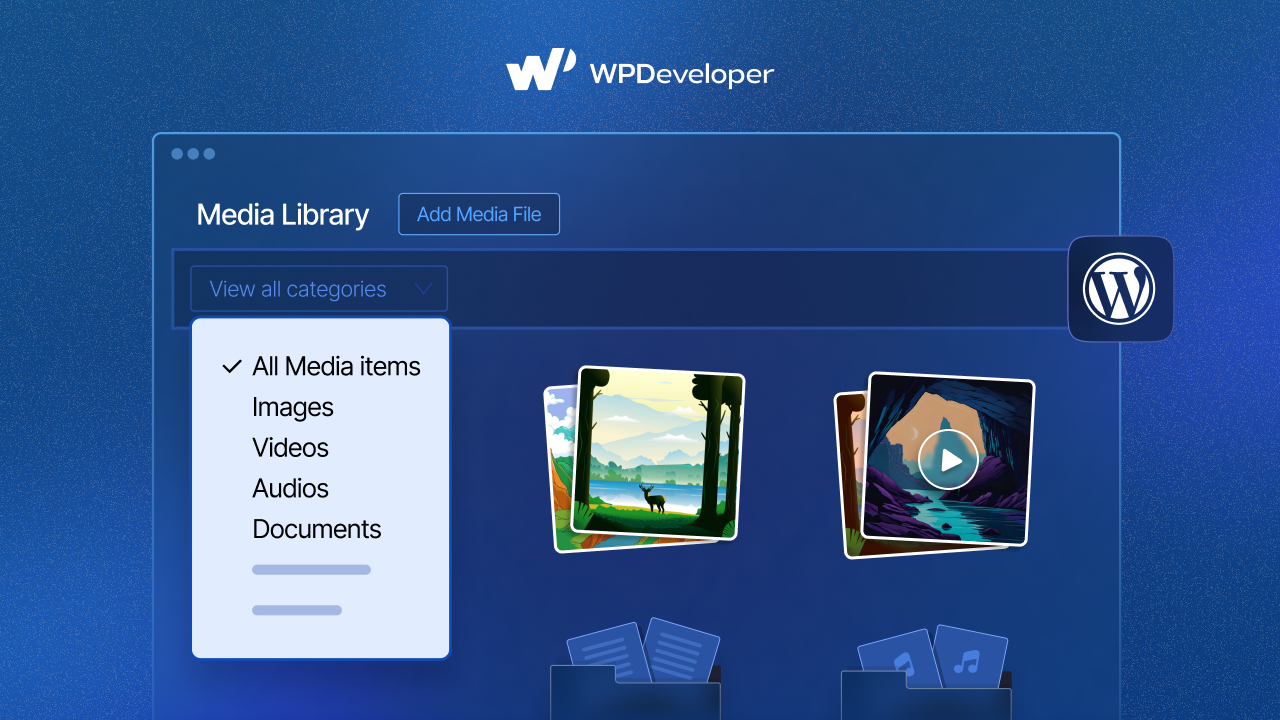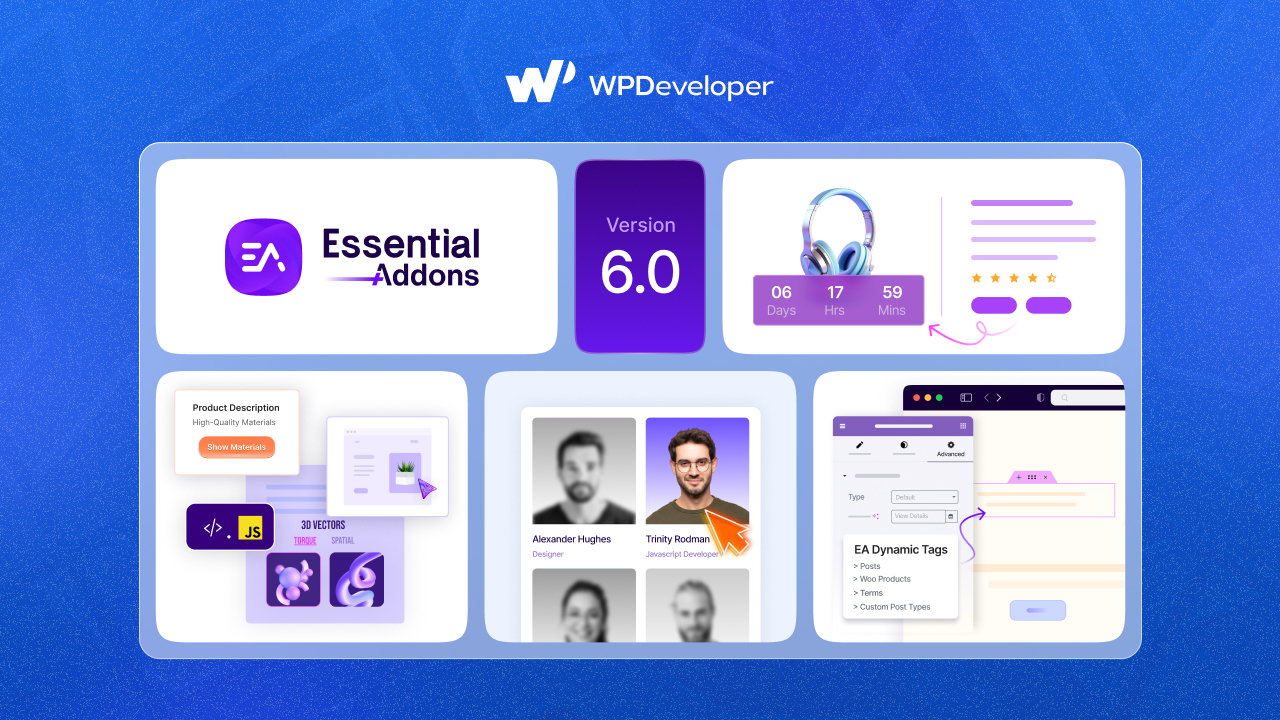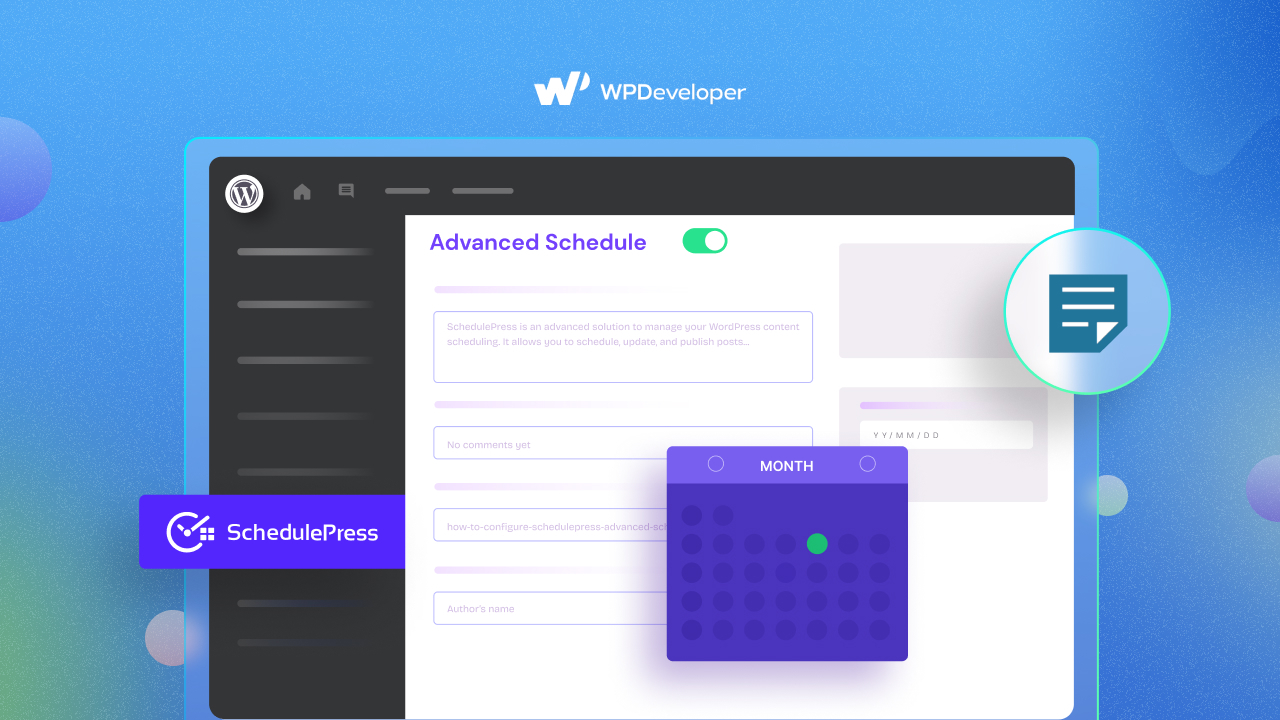Micro Content: 5 Unique Ways To Create Compelling Micro Content
Creating a successful content marketing strategy means using different content types like social media posts, videos, articles, and ads that connect with your audience at various stages. One lesser-known type is Micro Content, which conveys messages quickly and easily. In this article, we’ll explore micro-content, its types, and how to create effective micro-content for your business goals.

Understanding Micro Content: What Is It?
In today’s rapidly growing digital world, speed is of the essence. Online audiences desire swift and efficient access to information, and the era of sifting through lengthy paragraphs has waned. Even though long-form content undoubtedly holds its place within a comprehensive content marketing strategy, its density can deter potential newcomers and fail to get conversions from those not yet fully engaged with your brand.
Here comes micro content (sometimes written as micro-content) into the table- a concise, bite-sized form of content designed for quick consumption, primarily created for social media platforms. While opinions on the precise length of the content may vary, the primary consensus dictates that it should be digestible within a span of fewer than 30 seconds, be it reading a post or viewing a short video. Discuss this with your B2B digital marketing agency or your in-house SEO team.
Different Types Of Micro Content & Its Impact
The types of micro-content are many. It can be any short-form content that the audience can consume very quickly. On a daily basis, you may unknowingly encounter bite-sized content, often referred to as micro-content, seamlessly integrated into your online experiences. Here are some common examples of it that can help brands figure out what types of content to use in their strategies. Micro content includes:
1. Videos
Video exemplifies the effectiveness of concise micro-content. Platforms like Instagram Reels and TikTok, as well as various other social video formats, skillfully deliver intricate messages within remarkably brief durations. Videos, due to their dynamic nature, tend to captivate and pique the interest of audiences more effectively compared to lengthy blog posts or downloadable ebooks. Let’s have an example of a YouTube short video below.
2. GIFs & Memes
GIFs and memes serve as effective tools for swiftly connecting with your audience, all the while injecting a dose of pop culture and staying up-to-date with current events. They prove invaluable for populating your social media feeds and generating curiosity and engagement surrounding your brand.
3. Infographics
Infographics are one of the prominent examples of micro content. It transforms statistics and factual information into visually captivating and easily digestible formats. Instead of sifting through extensive lists of statistics and metrics, infographics swiftly present the key highlights & points.
4. Images
You may encounter the saying at least once in a life ‘an image speaks a thousand words‘, which is very true in the context of micro content strategy. Images have the remarkable ability to swiftly convey messages that would otherwise require an extensive amount of text to express. Consider the practicality of a product image when compared to a lengthy product description during rapid browsing – it’s evident how much more effective and efficient visuals can be.

5. Social Media Updates
In the realm of micro content, some social media sites allow writing longer stuff. But on places like X, where they limit how many letters you can use, you have to make your messages short and snappy, a micro version. You can do the same thing on other sites that don’t have these limits – just keep your content brief and easy to understand.
6. Lists
Micro-content, such as bullet points and numbered lists, offers a concise and easily digestible format for sharing information. When dealing with micro content, quickly scanning through a list is far more efficient than extracting details from lengthy paragraphs.
7. Headers
The header is another vital example of micro content that serves as a valuable signpost, much like lists do. Headers efficiently segment your content performance into bite-sized, comprehensible sections. A quick glance at headers swiftly conveys the core essence of everything to the users. In a matter of seconds, they can grasp its overarching theme and purpose. The headers act as precise navigation markers, guiding users to the specific section that will most effectively address their query.
8. Short Paragraphs
Short paragraphs, another form of micro-content comprises brief blurbs, descriptions, and abstracts, in contrast to lengthy blog posts or text-heavy social updates. By crafting concise and descriptive text segments on your website or in your advertisements, you can effectively convey information without risking audience disinterest.
9. Webpage Titles
Similar to how page and blog headers provide information about the content within a specific post, webpage titles serve as a quick indicator for audiences to understand the nature of the information available on a particular page. This implies that the dropdown menu on your entire website can function as a form of micro content.

10. Email Subject & Preview Lines
Although concise emails are a timeless trend, their length can still vary. However, it’s essential to keep in mind that the character limits on computers and phones impose restrictions on your email subjects and preview lines. This highlights the importance of making micro content brief yet informative, as it plays a crucial role in engaging your audience and persuading them to take a desired action.
How To Create Compelling Micro Content: 5 Unique Ways
Having acquainted yourself with the various types of micro-content, let’s briefly dive into key strategies to consider when crafting your next engaging content.
Generate Images To Make An Impact
If you’re a micro content creator, you need to make an impact through your images. For content marketing, images and graphics are two of the most important keys. Without making images and graphics visually attractive, you can’t connect with the audience perfectly.

That results in not getting the responses you desire. So, you need to work closely with your design team to get the best images and graphics that perfectly highlight and convey the messages you want to deliver.
Craft Content That Is Meaningful
When you’re creating micro-content, it’s crucial to make every word count. Avoid using extra words or complicated sentences that can make things confusing. To ensure you’re not wasting words and characters, it’s a good idea to find writers who are skilled at making short messages clear and concise. Make sure whatever you’re writing, you’re writing to the point with a meaningful purpose.
Keep Your Posts Concise & Easy-To-Understand
Micro content social media is another effective strategy, as users are typically in a scrolling mode, actively seeking concise posts for quick consumption. Even on platforms such as LinkedIn, which don’t impose strict character limitations, it’s advisable to maintain brevity in your posts. This approach can significantly boost your chances of capturing the attention of your followers.
Meet Your Audience Needs
Micro content, given its concise nature, must be crafted with a tone that resonates with your specific audience. For instance, if your target demographic is Gen Z or Millennials, using GIFs and memes can foster a strong connection. However, when addressing a Gen X audience, it’s advisable to adopt a more professional and formal tone in your content.

Create Content That Will Last Forever
Evergreen content is content that maintains its relevance over time, extending its lifespan and usability for many years. With evergreen micro content, you can avoid the need to repeatedly rephrase the same concise message.
Embrace Micro Content & Elevate Your Content Marketing Strategy
Undoubtedly, your content marketing plan serves as the foundation of your digital marketing strategy, enabling you to engage with your audience effectively. Whether it’s through long-form or short, the key is to convey your messages clearly, ensuring that your content marketing objectives are met.
If you’re interested in learning more about content marketing skills to meet and exceed customer expectations, we invite you to subscribe to our blog and join our super-friendly Facebook Community.
Shahidul Islam
Share This Story
Join 6 Million+
Happy Customers
Subscribe For The Latest Updates
No charge. Unsubscribe anytime.









